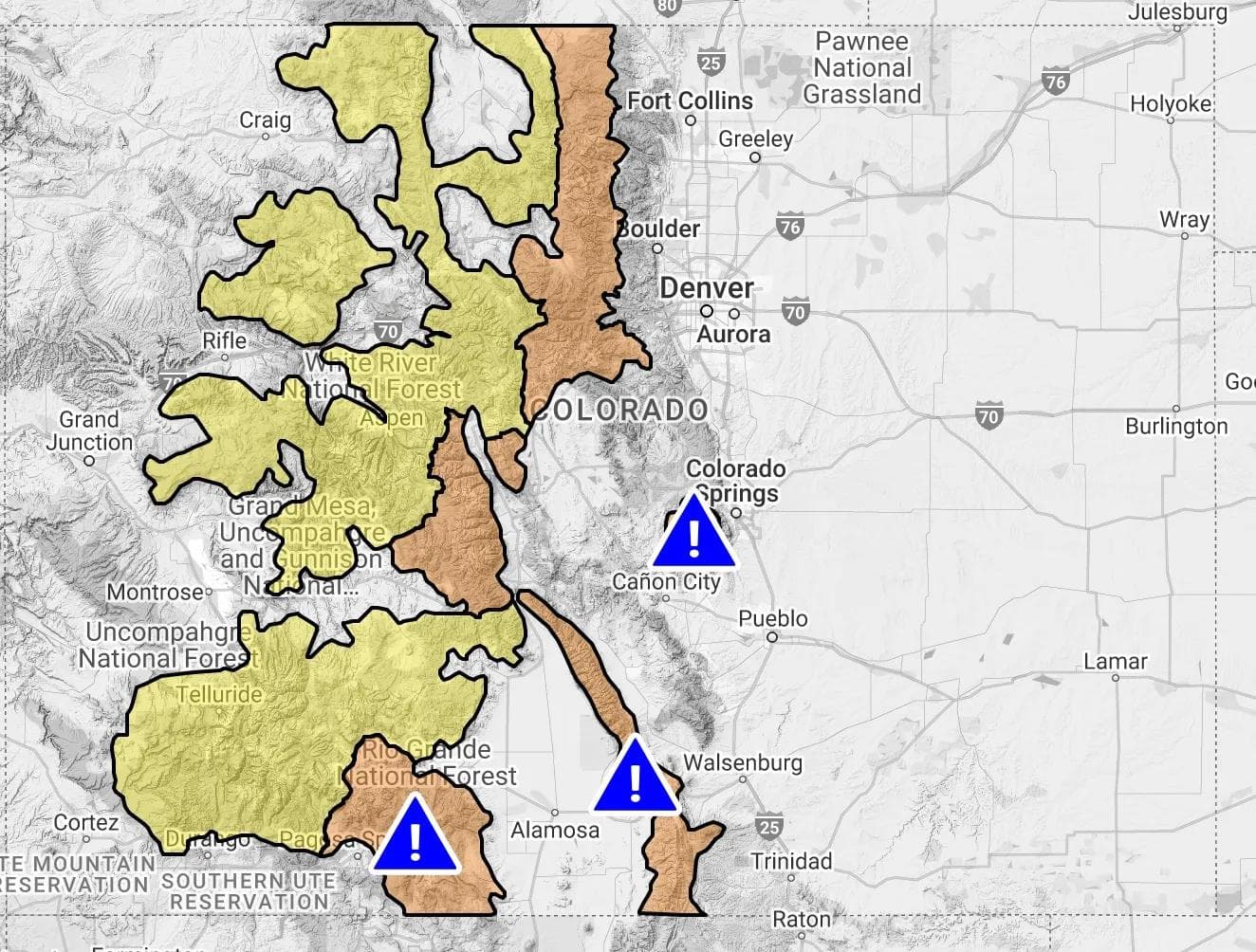
Colorado Avalanche Advisory: Transitional Spring Conditions Create Risks
Published Date:
Categories
Colorado Issues Statewide Avalanche Advisory for Spring Transition
The Colorado Avalanche Information Center (CAIC) has announced a statewide avalanche advisory as the region shifts from winter to spring conditions. This transition period brings unique challenges for skiers and riders venturing into the backcountry. Recent May snowfall has left a fresh layer across Colorado's high country, but the incoming warmer weather and sunshine could rapidly destabilise the snowpack.
CAIC forecasters highlight two primary avalanche risks during this transitional period. Initially, dry storm slab avalanches may occur in areas yet to receive sunlight. As the day progresses and temperatures rise, the risk shifts to wet loose avalanches, particularly on sun-exposed slopes. The variability in recent snowfall across different locations, aspects, and elevations further complicates the situation, with some areas receiving up to four times more snow than others.
The CAIC emphasises the importance of being prepared for sudden changes in conditions. As clouds dissipate and intense sunlight hits the new snow, rapid transformations in the snowpack can occur. This dynamic environment requires backcountry users to be ready for both new snow and wet snow avalanche scenarios, depending on their location and the time of day.
In response to these conditions, CAIC staff are collaborating with the Colorado Department of Transportation on avalanche mitigation efforts. This work includes operations at Independence Pass as part of the preparations to reopen high mountain roads for the summer season.
For those planning backcountry trips, the CAIC strongly recommends checking the latest avalanche forecasts at colorado.gov/avalanche before setting out. The current advisory underscores the need for heightened awareness and caution in Colorado's mountain areas as the region transitions into its spring phase. Skiers and riders should remain vigilant and adjust their plans according to the evolving conditions to ensure safe backcountry experiences during this changeable period.




